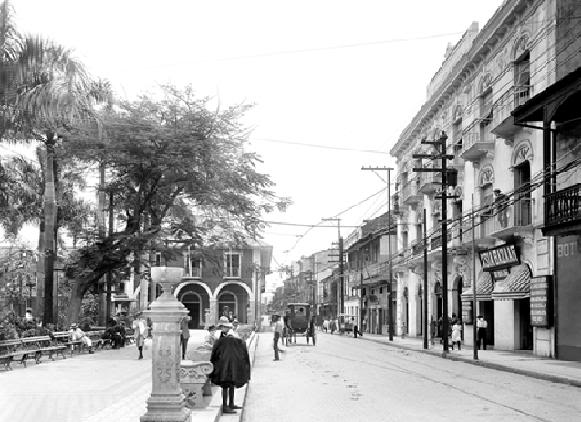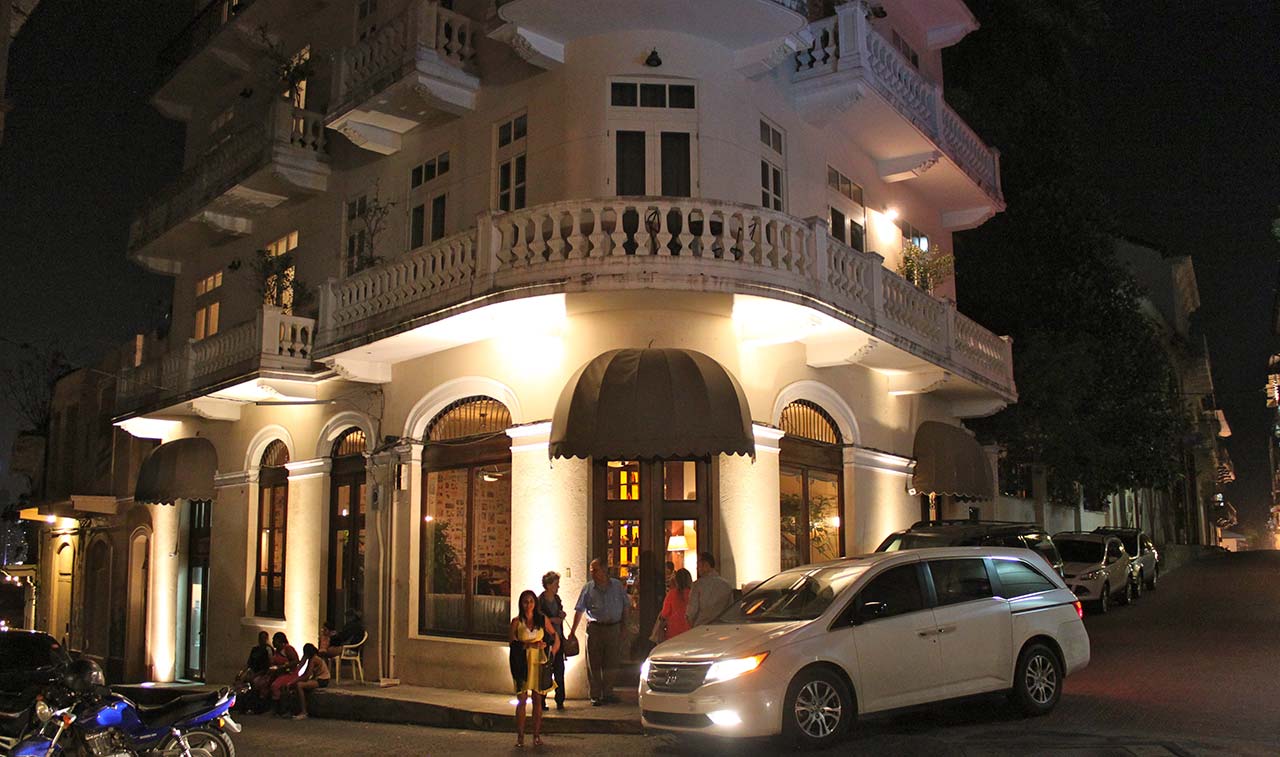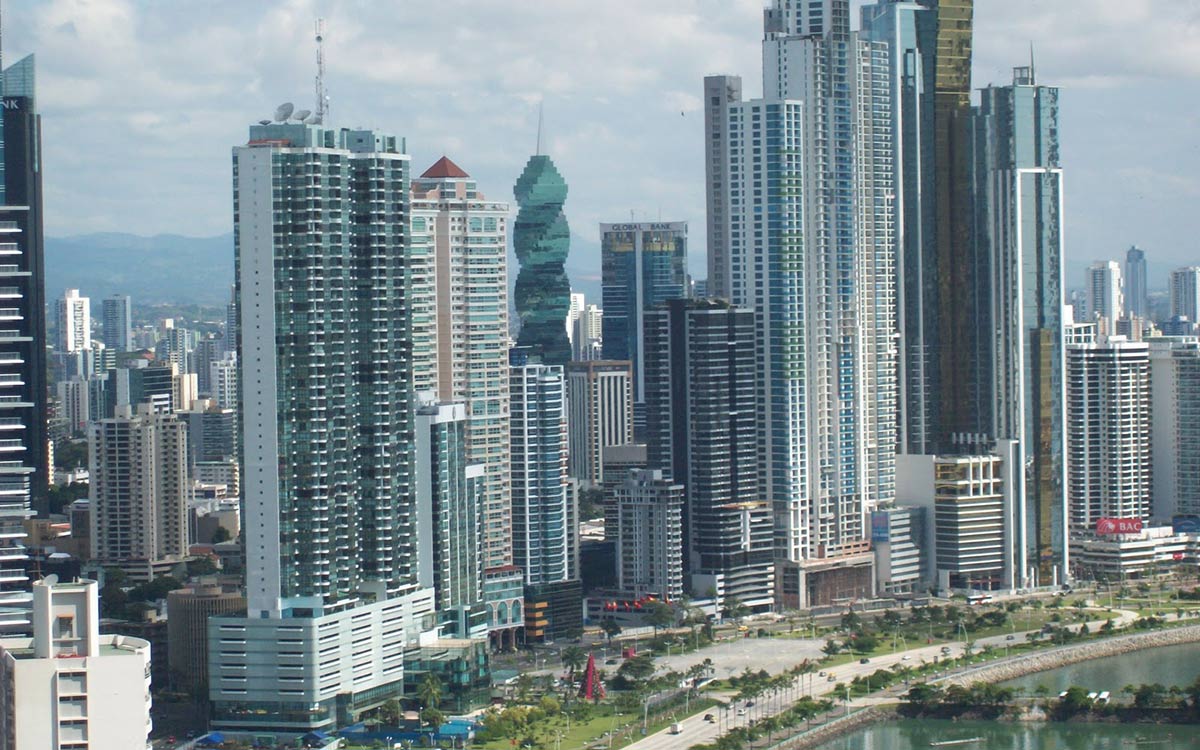Santa Ana reshapes its landscape
The central neighborhood will be part of the new real estate investment point in Casco Antiguo due to the new Santa Ana revitalization project. Currently, there are 3 new projects of buildings under construction and the Municipal Engineering affirms that it has delivered six permits for works in eight months.
Each of these new projects obtained in average, the square meter to $2,500 in pre-sale. The price represents a double advantage comparing it with the value of the square meter in San Felipe, being this one of $ 3,000; and even lower than certain areas of the city, such as: El Carmen, with a value of $2,000 and El Cangrejo, with a value of $1,880.
Among all these projects, PH Casco View stands out for having more affordable apartment options, from 30% to 50% below the average in the Santa Ana area, which along with San Felipe, is one of the most wanted areas.
Santa Ana will be the extension of the housing phenomenon in San Felipe.
Casco View Project from $102,000.
The mayoralty says it will implement a plan called preliminary “Santa Ana Activa: Life, Encounter, Heritage“; which received an honorable mention among 127 proposals from 14 Latin American countries, in the IV Urban Development and Social Inclusion Contest of the CAF (Latin American Development Bank). This plan aims to stimulate trade, limit gentrification, take part in informal settlements and save property.
History
Its history has been intrinsically linked to San Felipe, considered during a century as the intramural of the capital. After the destruction of Panama the Old in 1671 by the pirate Henry Morgan, the population of the capital moved to the Península of Ancón, populating thus to Santa Ana and the surrounding areas.
The new city was divided by a terrestrial defensive wall. Within this wall, were the wealthy people (San Felipe) and outside of it, the simple and humble workers (Santa Ana). The neighborhood continued in that way for less than a century, when San Felipe, attacked by three large fires and by its population growth, began to move towards the outskirts, that would be the Central Avenue and Santa Ana.
In the twentieth century Santa Ana was key in the artistic movements of the city, where they were able to make known different poets and famous artists. In 1911, the National Institute was built and then in 1984, the Plaza de Santa Ana was declared a national patrimony, which was the birthplace of important political manifestations since the 17th century.
You might be interested in: Real estate innovation in Casco Antiguo
Present
The Municipality of Panama points out that through the Urban Planning Department, it will work on the contents of a comprehensive and sustainable Santa Ana Recovery and Revitalization Plan, which will include:
- Public spaces: it will comprise a network of parks, squares, streets and new pedestrian zones.
- There will be improved vehicular access and there will have greater road safety, parking and more access to public transport. It is also considered the insertion of a tram and the construction of cycle paths, to promote the sustainable lifestyle and decrease the use of vehicles in the area.
- The recovery and revitalization of trade.
- The recovery of facades and rehabilitation of heritage buildings.
- Definition of strategies on the improvement of social housing, replacement housing, informal settlements, limitation to gentrification).
- Cultural and sports programming.
- Improvement of public services and infrastructures (electrical, communications, cable, WiFi, drinkable water, sanitation, garbage and solid waste).
- Neighborhood Safety Program
- Program of social reconversion and fight against unemployment, among other aspects.
Despite its deterioration over the years, Santa Ana was, is, and will continue to be a vibrant and significant urban life. Throughout history has been one of the most influential areas of political and cultural life in Panama and the project Santa Ana Activa will seek to recover its legacy.
Gogetit Content Manager. Author of important reviews for Gogetit News, “The #1 Source for real estate news in Panama.”
Specialized in the search and analysis of the most important news about real estate in Panama.











